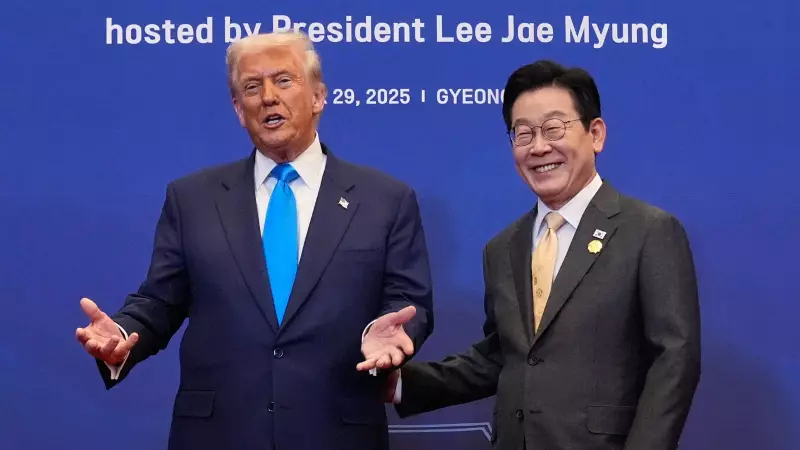
In a major development during his high-profile Asia tour, former President Donald Trump has announced a groundbreaking trade agreement with South Korea that promises to reshape economic relations between the two nations. The deal represents one of the most significant trade breakthroughs of his administration's foreign policy agenda.
What the Trade Breakthrough Entails
The newly negotiated agreement addresses several long-standing trade concerns between the United States and South Korea. Key components of the deal include:
- Expanded market access for American automobile manufacturers in South Korea
- Revised tariff structures that favor US exports
- Improved regulatory frameworks for American agricultural products
- Enhanced intellectual property protections for US companies
Strategic Implications for US Trade Policy
This agreement marks a significant shift in America's approach to Asian trade relations. By securing more favorable terms for US exporters, the Trump administration has demonstrated its commitment to renegotiating trade deals that it considers unfair to American interests.
The timing of this announcement is particularly strategic, coming during a period of heightened global trade tensions and ongoing negotiations with other major trading partners. The South Korea deal could serve as a template for future trade agreements throughout the Asia-Pacific region.
Economic Impact and Industry Response
American automotive and agricultural sectors stand to benefit substantially from this agreement. The deal addresses specific regulatory barriers that have historically limited US auto exports to South Korea, potentially opening up new markets for American manufacturers.
Industry leaders have expressed cautious optimism about the agreement, noting that while the details require careful examination, the direction represents a positive step toward more balanced trade relationships.
This trade breakthrough with South Korea underscores the administration's broader strategy of pursuing bilateral agreements that prioritize American economic interests while maintaining important strategic alliances in key regions.





